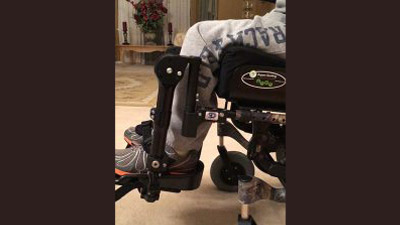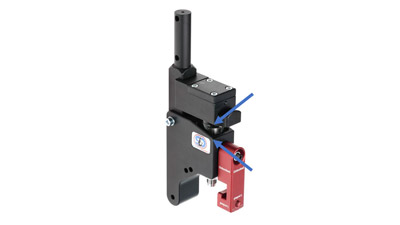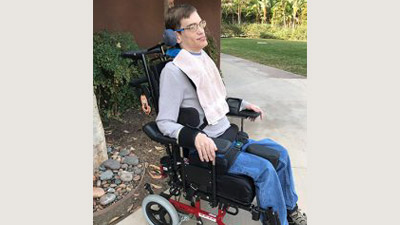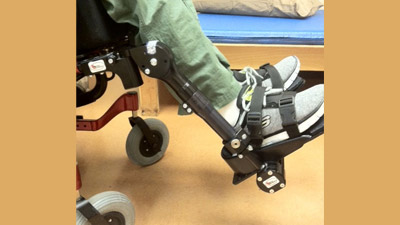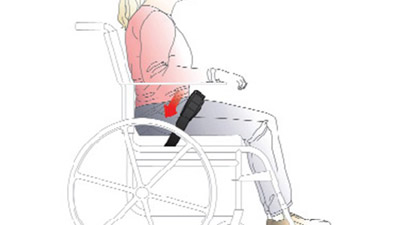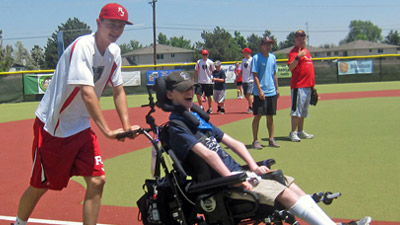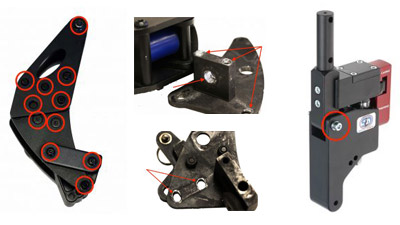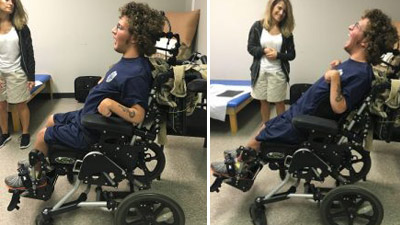FAQ: Can Dynamic Seating Be Used on any Wheelchair?
Did you know that Seating Dynamics has a very comprehensive list of Frequently Asked Questions? You can find this list by ‘hovering’ over the Dynamic Seating tab on our website. One of our FAQs is “Can dynamic seating be used on any wheelchair?”
How Much is too Much? Choosing Resistance.
The Dynamic Rocker Back Interface (DRBi) moves in response to client force as two elastomers are compressed. The energy stored in the elastomers helps the client to return to an upright starting position. These elastomers can be switched to change the level of resistance.
Clinician Interview: Brain Power!
I had the privilege to present with a group of colleagues on Dynamic Seating at the International Seating Symposium last year. One of my co-presenters was Suzanne Eason, OT/L who works at St. Mary’s Home in Virginia. Suzanne is very interested in the impact of movement on brain development. I recently had a conversation with my friend.
Peanut Butter and Jelly: Dynamic Footrests and Securing the Feet
In a recent blog, we discussed how, just like Bread and Butter, use of a Dynamic Back requires the use of a Pelvic Positioning Belt to maintain the position of the pelvis during movement of the Dynamic Back. Well, just like Peanut Butter and Jelly, use of Dynamic Footrests requires the feet to be secured in order for client forces to activate this dynamic component.
Bread and Butter: Dynamic Backs and Pelvic Positioning Belts
Michelle Lange discusses why it is critical to use a pelvic positioning belt with a Dynamic Back and how to address objections in a restraint-free environment.
Will my client break the Dynamic Seating?
Dynamic Seating is often used to prevent equipment breakage, specifically the wheelchair frame and seating system. The Dynamic components absorb strong, repeated, sudden, and/or sustained forces, hence protecting vulnerable areas of the seating and mobility base. This was addressed in two prior Blogs (Dynamic Seating to Prevent Equipment Breakage, part 1 and part 2). But what about the Dynamic Components themselves? Just how durable are these?
Modular Dynamic Seating Components Vs. Integrated Dynamic Seating Systems
Modular components can be retrofitted to a mobility base and used individually or in combination with one another. Let’s take a look at Spencer’s transition from an Integrated system to Modular components.

